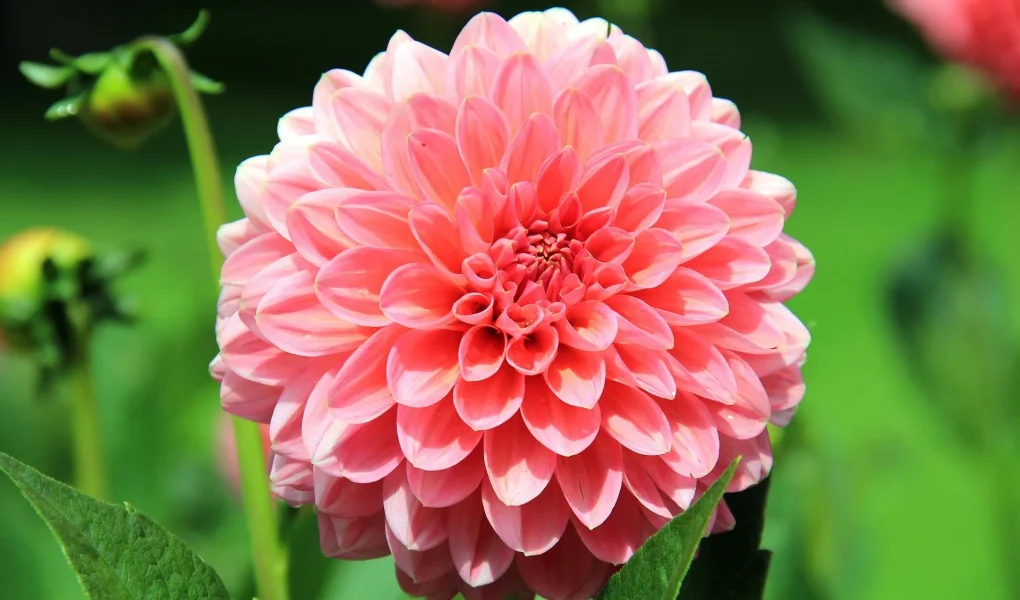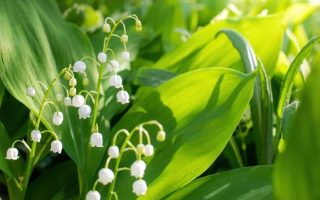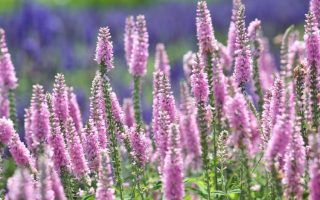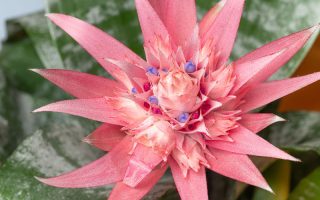lettersforvivian.org – The Dahlia is a striking and versatile flowering plant that has captured the hearts of gardeners and flower enthusiasts worldwide. Known for its bold, vibrant colors and impressive variety of shapes, the Dahlia is a flower that offers beauty, elegance, and charm to any garden or floral arrangement. With a long history, diverse species, and symbolic meanings, Dahlias are not only visually captivating but also carry deep cultural and emotional significance.
Origins and History
The Dahlia (Dahlia spp.) is native to the highlands of Mexico and Central America, where it has been cultivated for centuries. The flower was named after the Swedish botanist Anders Dahl, who is credited with classifying the plant in the 18th century. The Dahlia was initially introduced to Europe in the late 1700s and quickly became a prized addition to gardens across the continent. The flower gained popularity for its striking appearance and wide range of colors, shapes, and sizes.
Throughout its history, the Dahlia has been associated with themes of elegance, strength, and dignity. In ancient Aztec culture, the tubers of the Dahlia were used for both medicinal and culinary purposes, particularly for their high starch content. Over time, however, the flower became primarily known for its ornamental value. In Victorian England, the Dahlia was considered a symbol of personal strength and elegance, often included in floral arrangements for important occasions.
Today, Dahlias are widely grown around the world, especially in gardens, floral displays, and as cut flowers. Their ability to thrive in various climates and their stunning visual appeal ensure that they remain a favorite among gardeners and florists alike.
Physical Characteristics
Dahlias are known for their spectacular, multi-layered blooms, which come in a range of sizes, shapes, and colors. The flowers can range from small, simple blooms to large, fully double blossoms with numerous petals. The range of colors is equally impressive, with Dahlias available in shades of red, pink, purple, white, yellow, orange, and even multicolored varieties. Some Dahlias even feature intricate patterns or bi-color blooms, making them a focal point in any garden.
The flowers themselves can vary greatly depending on the variety. Some species have a ball-shaped form, while others may have long, spiky petals that resemble a starburst. Common types of Dahlia flowers include pompom, cactus, decorative, and dinnerplate varieties. The size of the flowers can also vary, with some blooms reaching 12 inches or more in diameter, making them a dramatic presence in the landscape.
Dahlia plants typically grow to heights of 1 to 5 feet, depending on the variety. The foliage is generally dark green and sometimes has a slightly reddish tint, providing a beautiful contrast to the bright, vibrant blooms. The plants are characterized by sturdy stems and a bushy appearance, which makes them ideal for cutting and displaying in vases.
Symbolism and Meaning
The Dahlia holds deep symbolic meaning across different cultures and is often associated with strength, elegance, and commitment. In Victorian times, the Dahlia was a symbol of dignity and personal strength, reflecting the resilience of the plant, which blooms late into the summer and fall. The flower’s ability to withstand various growing conditions made it a symbol of perseverance and endurance.
In more modern times, the Dahlia is also associated with love, passion, and beauty. In some cultures, the flower is considered a symbol of a lasting commitment, making it a popular choice for weddings and anniversaries. The Dahlia’s varied colors also carry specific meanings—red Dahlias symbolize passion and strength, while white Dahlias represent purity and elegance. Pink Dahlias are often associated with kindness and grace, while yellow Dahlias can symbolize cheerfulness and optimism.
In Mexican culture, where the Dahlia is the national flower, the plant represents the rich cultural heritage and the vibrancy of the country. The Dahlia is often seen in traditional Mexican celebrations, such as festivals and public events, where it is used to express joy, vitality, and the beauty of nature.
Growing and Caring for Dahlias
Dahlias are relatively easy to grow but require some attention to ensure they thrive and produce the best blooms. Here are some essential tips for growing and caring for Dahlias:
- Light Requirements: Dahlias thrive in full sun, which is essential for producing large, vibrant blooms. Ideally, they should receive at least six to eight hours of direct sunlight per day. The more sunlight they receive, the more abundant and colorful the flowers will be.
- Soil and Watering: Dahlias prefer well-drained, fertile soil that is rich in organic matter. They do best in slightly acidic to neutral soil, with a pH range of 6.0 to 7.0. It’s important to keep the soil consistently moist, especially during the growing season. However, Dahlias do not like waterlogged conditions, so it’s essential to ensure good drainage. Watering should be done at the base of the plant, avoiding overhead watering, which can promote fungal diseases.
- Temperature and Humidity: Dahlias prefer moderate temperatures and can tolerate a wide range of climates, though they are sensitive to frost. They generally grow best in USDA hardiness zones 8 to 11, where the temperatures remain mild. In colder climates, Dahlias are typically grown as annuals or dug up in the fall and stored indoors over the winter.
- Fertilizing and Pruning: Dahlias benefit from regular feeding throughout the growing season. A balanced fertilizer or one with higher phosphorus content will encourage healthy root development and abundant blooms. Fertilize every four to six weeks during the growing season, beginning in the spring when the plants are actively growing.
Pruning and deadheading are also important to maintain the health and appearance of the plant. Remove spent blooms to encourage new flower production and prevent the plant from expending energy on fading flowers. For taller varieties, staking may be necessary to support the heavy blooms and keep the plant upright.
- Pests and Diseases: While Dahlias are relatively pest-resistant, they may be susceptible to a variety of insects, including aphids, spider mites, and slugs. Regular inspection and the use of organic pesticides or insecticidal soap can help control these pests. Dahlias can also be prone to fungal diseases such as powdery mildew or botrytis blight, especially in humid conditions. Good air circulation, proper spacing between plants, and avoiding overhead watering can help minimize the risk of these diseases.
Uses and Applications
Dahlias are prized for their ornamental value, both in the garden and as cut flowers. In gardens, Dahlias are often used as focal points in flower beds, borders, or containers. Their bold colors and striking appearance make them a perfect addition to a garden with a late-season bloom.
As cut flowers, Dahlias are highly sought after by florists due to their long-lasting blooms and impressive size. Their wide range of colors and shapes makes them ideal for creating vibrant bouquets and floral arrangements. Dahlias are often featured in wedding bouquets, centerpieces, and other special events due to their beauty and symbolism of commitment and elegance.
In addition to their ornamental uses, Dahlias have some culinary applications, particularly in traditional Mexican cuisine. The tubers of certain Dahlia species are edible and can be used in salads or cooked dishes, although they are not as commonly consumed today as in ancient times.
Conclusion
The Dahlia flower is a true masterpiece of nature, known for its vibrant colors, stunning shapes, and rich symbolism. From its origins in Mexico to its widespread popularity in gardens and floral arrangements around the world, the Dahlia has earned its place as one of the most beloved and admired flowers. Whether used to add drama to a garden, enhance a bouquet, or symbolize strength and commitment, the Dahlia continues to captivate with its beauty and versatility. With the right care, this majestic flower will reward gardeners with a stunning display of color and elegance for many seasons to come.




